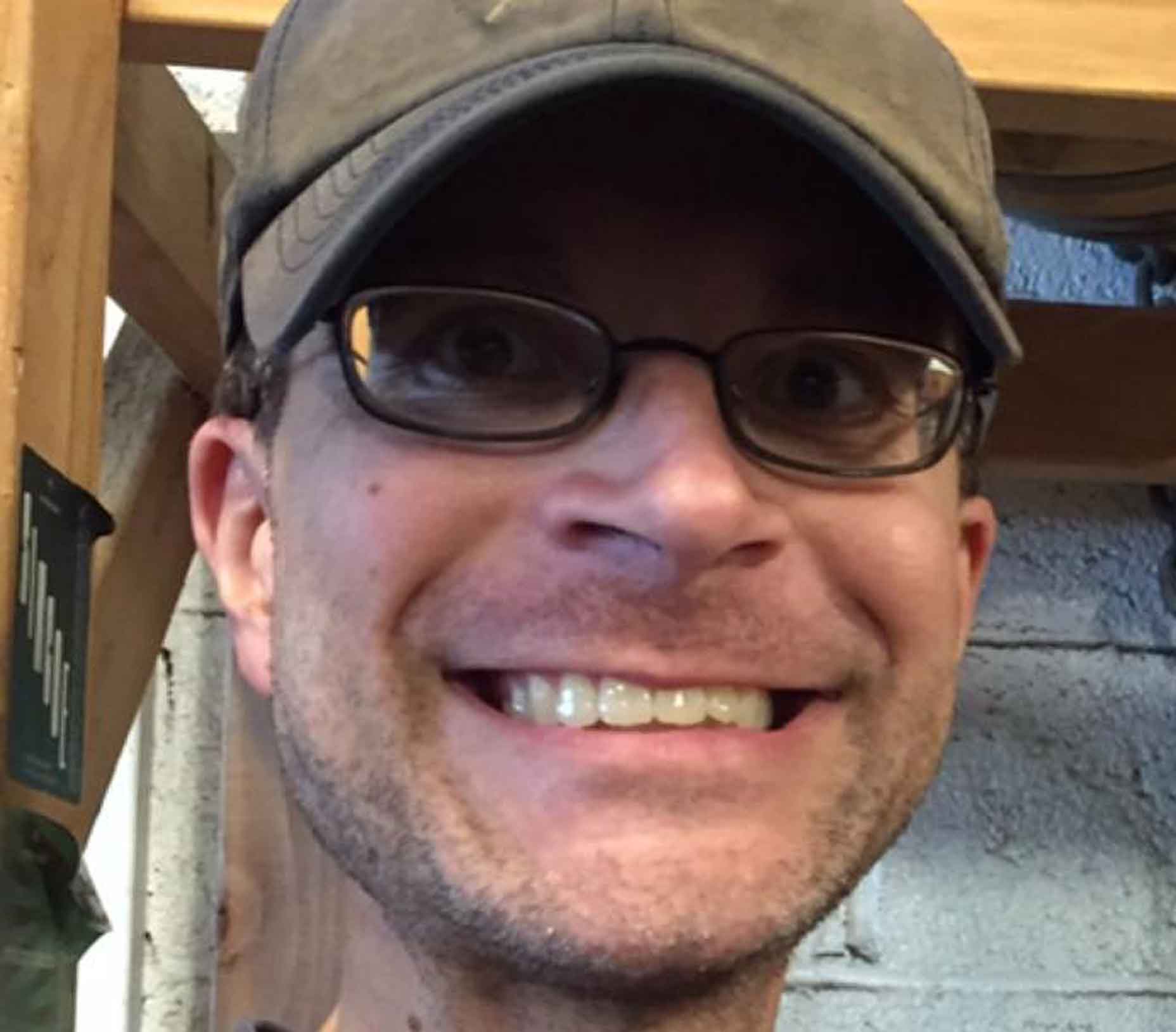2 ‘defining’ tips that made Brad Faxon one of the greatest putters ever

Brad Faxon during the 2014 Senior PGA Championship.
Getty Images
Want to get under Brad Faxon’s skin?
Ohhhh, let him tell you.
“Say, oh, you’re lucky, you were just born a good putter,” Faxon said this week on The Rick Shiels Golf Show Podcast. “I’m like, that’s an insult because the amount of work that goes into it started as a child, when you didn’t think of it as work. When you spent all of these times hitting putts on the green, or you were playing with your friends, or practicing late at night.
“In the town I grew up in, in the little state of Rhode Island, up in the Northeast, my dad had a rule that you come home when the streetlights come on. So he let me play until dark, and I would never leave. It’s something I never thought of as a hard thing to do or as a job, and then when it got cold, I would play in adverse conditions and then put the clubs away and go out and play ice hockey or a load of other different sports. So I had a nice little club in the town I grew up in, an old Donald Ross course with a lot of slope on the greens, so I kind of learned, I call it organically, by just playing and learning.”
The education didn’t stop there.
One of golf’s great putters admitted on the podcast he wasn’t always so. In 1983, he turned pro, and he said he had “five or six years where I was kind of a middle-of-the-road, statistically, putter.”
Until he talked with another putting legend. These kinds of stories always have a turning point, and Faxon labeled his moment as “defining.”
“And then I got to talk to Ben Crenshaw,” Faxon said on the podcast. “He had won the Masters in ’85, so this was a couple years later and I asked him about putting, and a couple questions. And he said, you know, when I struggle with his putting, he said, he said two things that were incredible — I make my backstroke longer than I make my follow-through, because we had always been taught to take it back low, slow and then accelerate, and he says I like to let or allow my head and my knees to move.
“And you kind of go, wait a minute, no, you’re not trying to stay still? As Crenshaw can do, he puts his hands on the grip better than anybody that ever played, and he made this little motion; he goes, it’s just a mini-swing; there can be weight shift.”
“So he would get a little bit of body movement, get a little bit of leg movement, a little bit of head move to the left?” Shiels asked on the podcast.
“A little bit of wrist, a little bit of lag,” Faxon said. “Just a little bit. And it was like as he hit it, he kind of opened. And you could have a conversation for the entire 45 minutes about the putting stroke and what does the head do, what do the eyes do, what does the neck do, do you follow the ball, do you look down. And he said, I just like to release my body. And his head would turn, his eyes would turn, and it just looked right.”
And off Faxon went.
From 1993 to 2003, he was first on the PGA Tour in putting average three times, and second once. Today, he guides a collection of the game’s best, including world No. 1 Rory McIlroy.
“My numbers got amazingly better the next year, for 20 years. Which I’m proud of, you know,” Faxon said on the podcast. “… When I tried to stay still, and I tried to keep the putter back and then accelerate quickly, my rhythm wasn’t as good; I pulled a lot of putts when I had to keep my eyes and my head down. I don’t know why I did that.
“But as soon as I said, let’s see if I can move my body a little bit, let my head release, let my eyes release a little bit, it just kind of softened everything up. It freed everything up. It allowed the putter to release naturally. And it helped. You know, I think most players say when they putt their best, they’re tension free. I’d be nervous, but it helped alleviate some of the tightness that I had, the control.”
Editor’s note: To listen to the complete podcast, please click here.



